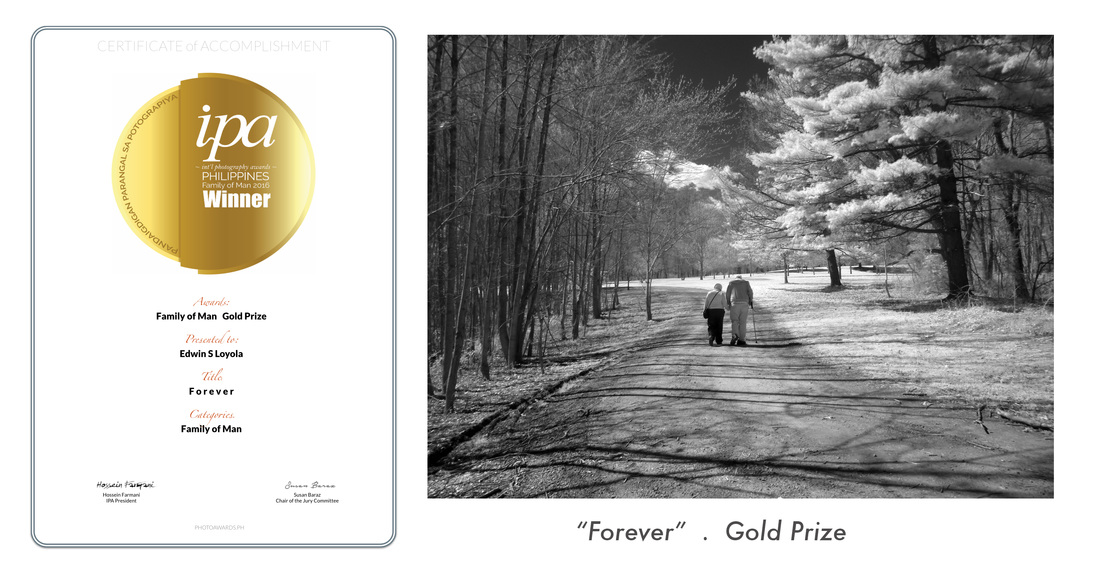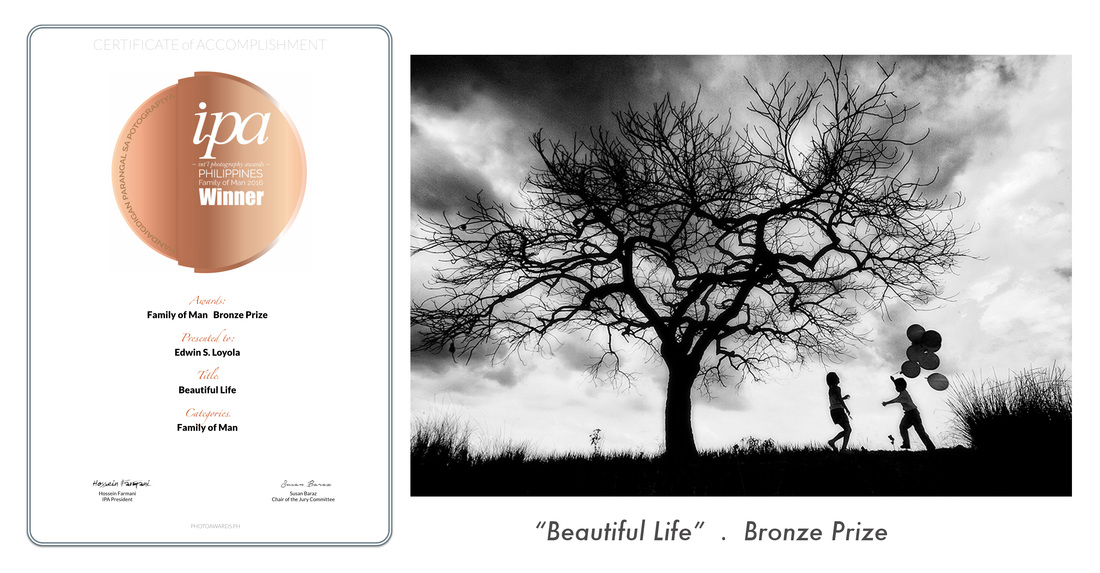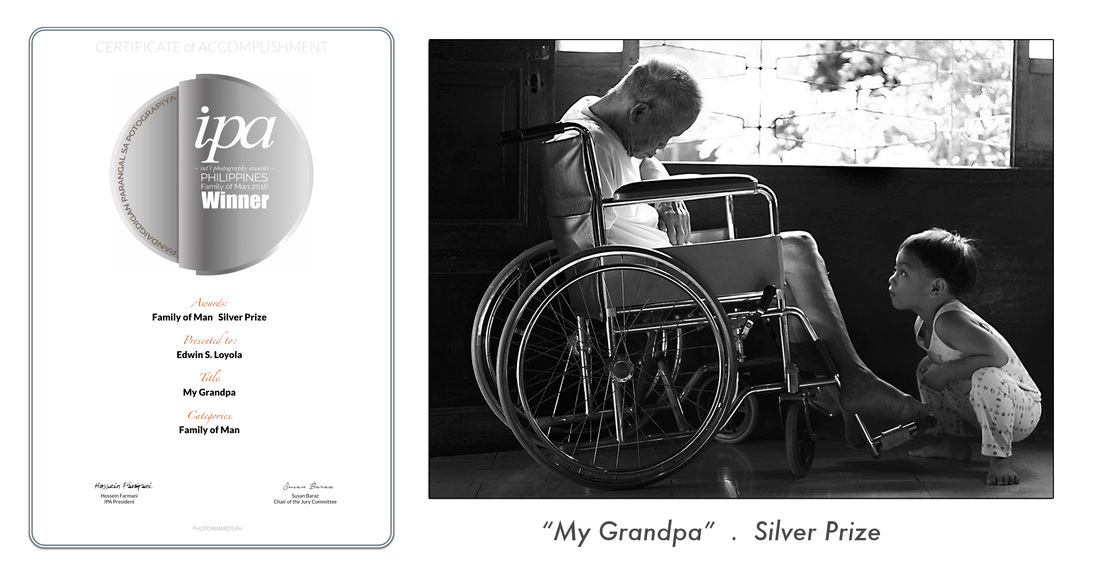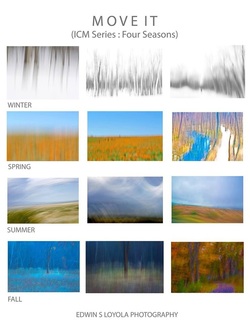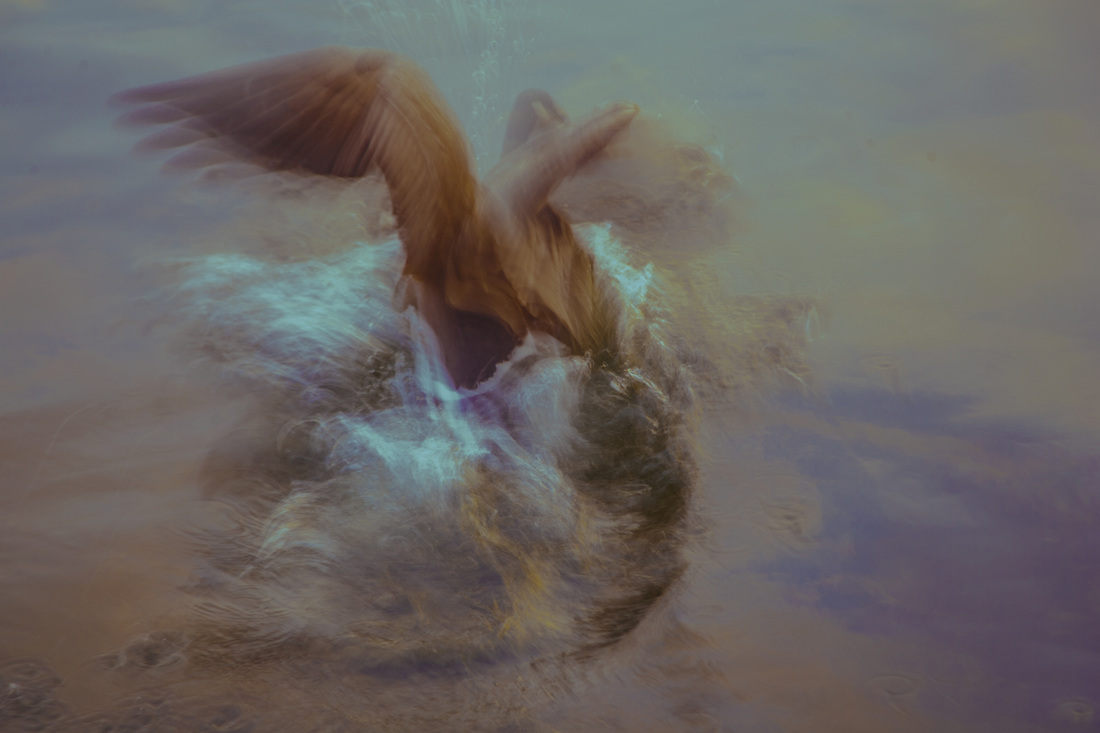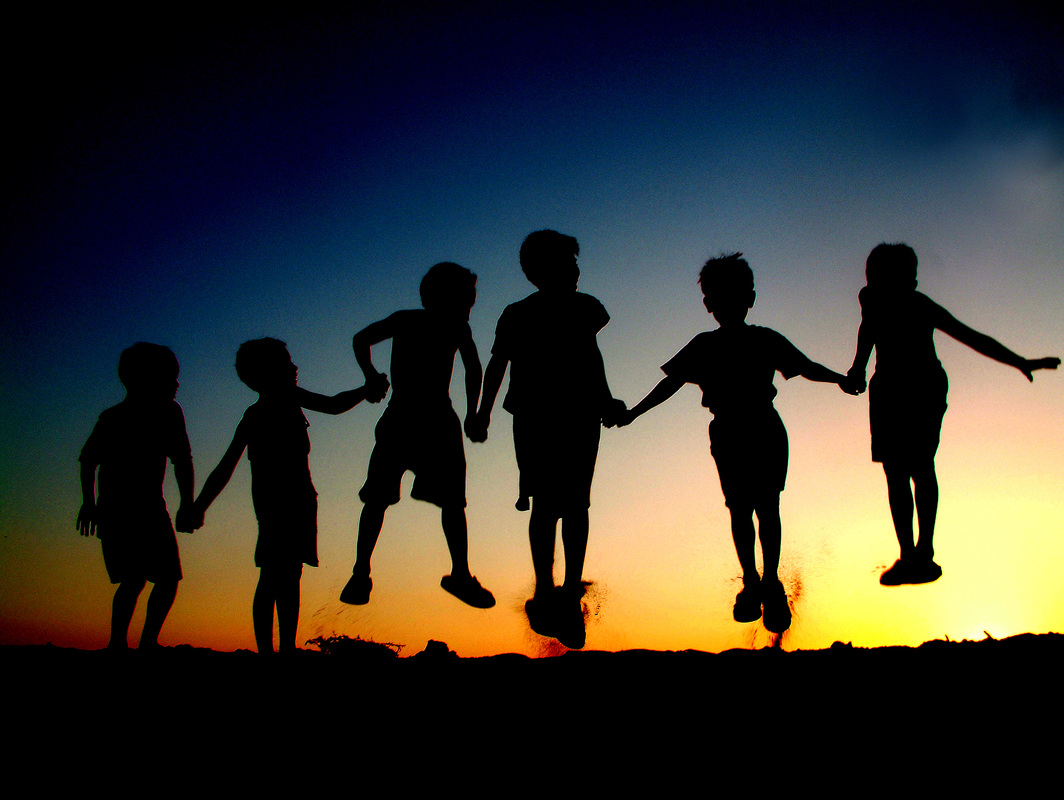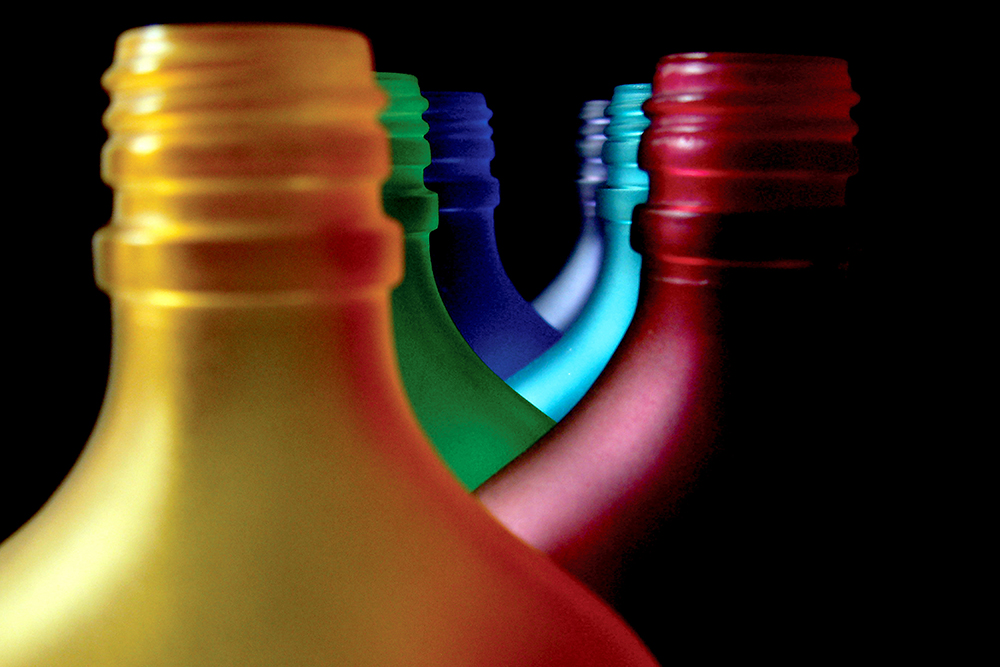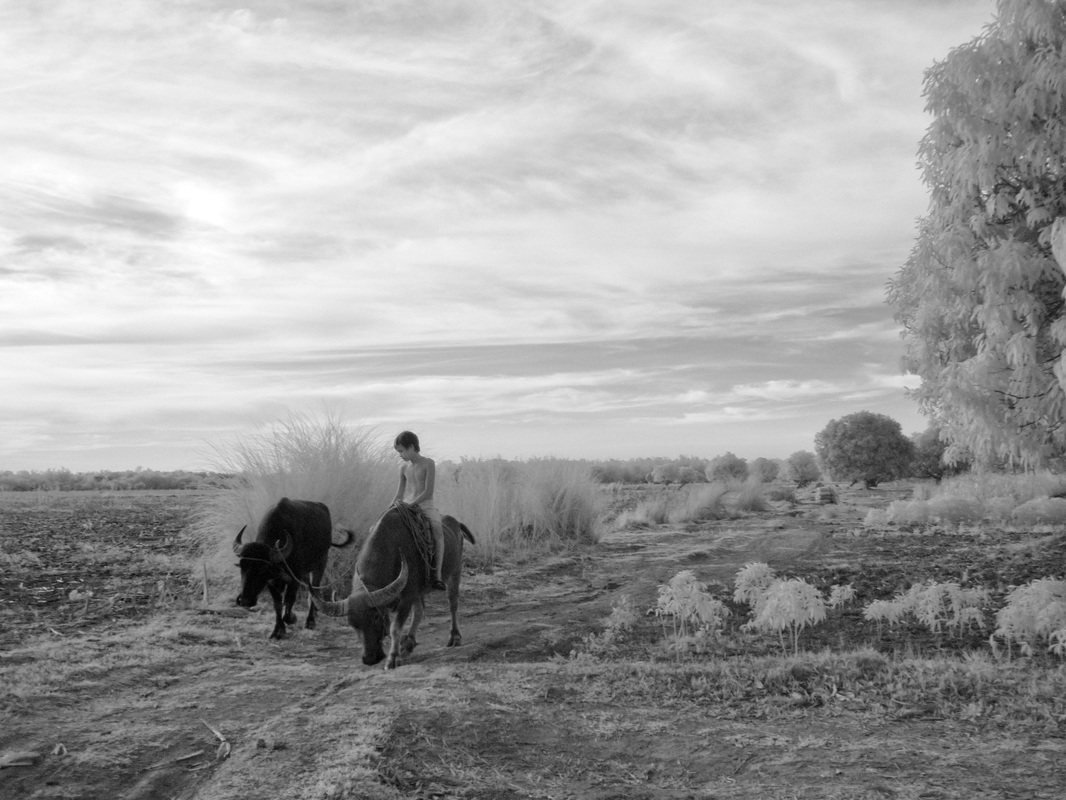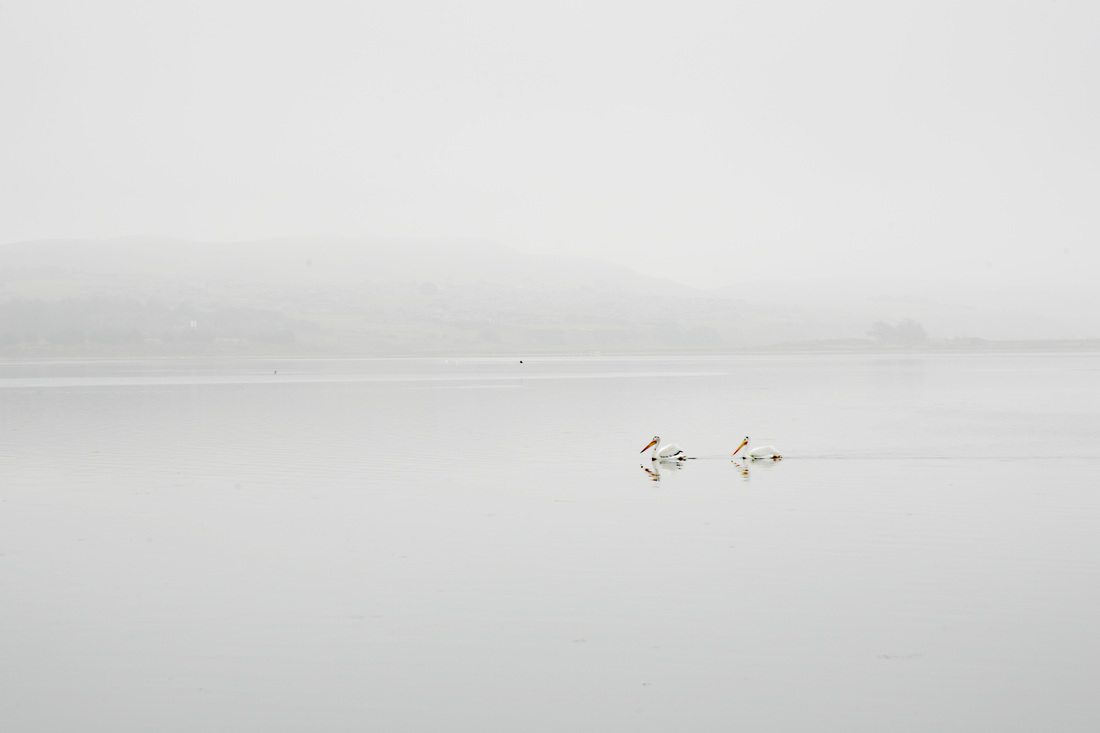oNE LIFE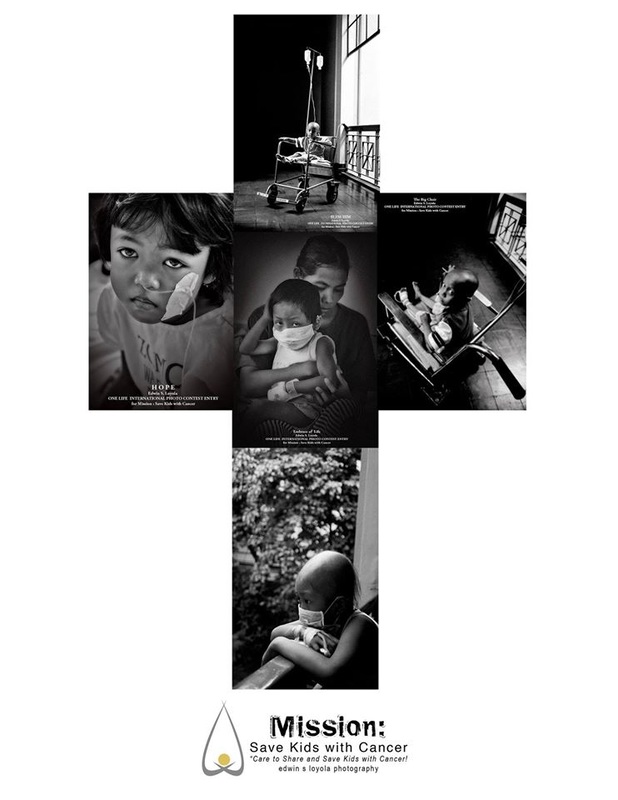
COMPARE AND CONTRAST by: Willy Marbella
How do you deal with children who stare death in the eye instead of rays of hope and life? How do you look them in the eye and tell them everything will be alright? How do you rid yourself of the gnawing guilt that they will never live the life that you have enjoyed? That it will never be the same for them? Loyola’s images hit you like a ton of bricks as his subjects look straight in your eyes, pleading? questioning? beseeching? for answers that will never come. His chosen rendition of black and white only heightens the tension of each image. Bereft of any color, it seems this is the life these children have been condemned to live. But despite his subjects’ conditions, Loyola has not forgotten how to manipulate black and white photography and use it to his advantage. In “Bless Him,” this child, dead center in the image in a wheelchair with two dextrose bottle hanging overhead demonstrates Loyola’s capacity for contrast and composition. The two stark white dextrose bottles against the black background with a tube snaking down the center, makes for a compelling study for these two major art elements. It is both a treat for the man on the street in terms of the message it sends and an indulgence of the photo enthusiast who will have the discernment for a beautifully crafted black and white image. Using the same subject, Loyola takes a shot from a bird’s eye view, with the wheelchair and floor line on the diagonal against the parallel lines of the frame. The mix of black and white contrasts with each other is no less amazing. But the placement of the subject’s eyes, dead center, forces the viewer to get lost in the gaze of the subject as his non-judgemental look makes one take stock of one’s life in contrast to this child’s own. There is a certain acceptance, maybe-resignation, to his condition. This gets the viewer to examine his very own circumstance and just like the image, compare and contrast his life with this child. Probably the most poignant image is of a child, with thinning hair and mask looking out a window. A million and one stories told by this image. Is the child thinking of his/her past, future that will never be, or just the present that is so fleeting? The blurred background and the white frame at the right side just make it more intense. These elements push the image to the foreground, again asking the viewer to feel everything that the child is feeling. It forces one to be both empathetic and sympathetic to the child, and realize and question life’s inequity. Are we to be thankful we are not in his/her shoes? Or do we feel pain for him/her whose condition we will never understand? What is s/he thinking of? What is s/he wishing for? What is s/he hoping for? This is the power of this photograph. Stories that can only be conjured, but never realized. A deeper perspective. How do we gain this? Is it only when one’s life is threatened that we gain a deeper understanding of life? Is it only when faced with life’s uncertainty do we stop and think what this is all about? Do we need semioticians, philosophers, and religious people to tell us the what, who, and why’s of life? Indeed the magic of Loyola’s images is that they force us to think about our own lives and its relation with others. But this is achieved only by his mastery in framing, composition, texture, and all the other visible elements in his images that gives us a deeper perspective to life’s invisible dogmas.
|
|
|
